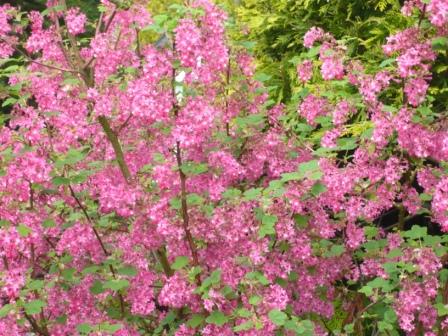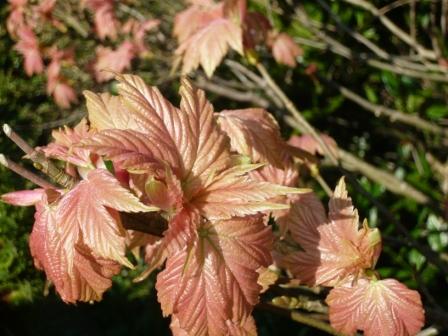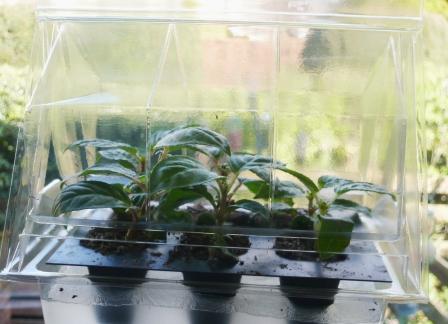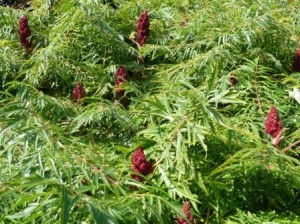Honeysuckle Climbing Lonicera Varieties

Woodbine is the common name for this Honeysuckle that provides a strong sweet scent in the cottage garden from the end of May. The climbing twining Honeysuckles are part of a large family of Lonicera that also includes a range of shrubby plants.
For sweetly flowering honeysuckle in winter try Lonicera fragrantissima or Lonicera Standishii whilst the best flowering summer species are the evergreen Lonicera Japonica. Sacrificing some scent for colour tryLonicera tellmannianawith flowers that are orange with red streaks on the outside or ‘Dropmore Scarlet’ for a terrific summer show of long scarlet flowers.
Belgica or the later flowering Serotina are true Honeysuckles that with a little support on a wall will scramble away to 10 feet or more. They will twine through branches of other trees quite happily and combine with robust roses to good effect.
Honeysuckle can be cultivated from cuttings and I have one plant that has had progeny in 5 gardens over the last 50 years as I moved house.
Pruning tips: …



